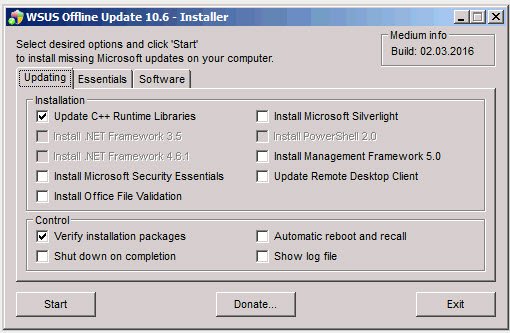Microsoft regularly releases major updates for its popular operating system – Windows. However, such frequent releases often create confusion among users. To avoid this, Microsoft will release future Windows Servicing Stack Updates (SSUs) as part of its monthly update rollups.
For users not aware, “servicing stack” refers to the code that installs other operating system updates. Also, it features the “component-based servicing stack” (CBS), considered as a key component for several elements of Windows deployment, such as DISM, SFC, etc. Having the latest servicing stack update is recommended to install the latest quality updates and feature updates in a hassle-free manner.

Changes for Windows 7 Servicing Stack Updates
What drives the change? It was seen, most Windows 7 users were simply installing security-only updates every month. They skipped update rollups which were not desirable as it featured both, security as well as quality updates. The new Cumulative updates intend to change this as it will consist of both, Monthly Rollups as well as Security-only updates. The new change will align Windows 7 systems to the updated model used with Windows 10
Customers who had not installed the critical Windows 7 SP1 servicing stack update (KB 3177467) were unable to install the August 30th Monthly Rollup Preview (KB 4343894), the September 11th Monthly Rollup (KB 4457144), or the September 11th Security-only update (KB 4457145)—and received “error 0x8000FFFF.” Starting with the October 2018 Update Tuesday, we are going to reissue the Windows 7 Service Pack 1 (SP1) servicing stack update (KB 3177467) and tag it as a security update to unblock any remaining customers from installing the August 2018 or later monthly Security-only updates, mentioned John Wilcox.
In our opinion, the new cumulative update system will lessen the fears of many organizations still using Windows 7. Besides, dropping the apprehensions it will keep the machines running up to date.
In my opinion you are putting under the rug the reason why users ‘skipped update rollups which were not desirable’. And that is one of the main reasons why people stay on win7 in a first place.
Once upon a time we got both Nagware and Spyware via ‘quality’ updates. The fact that both were made by Microsoft does not change the nature of it. It was coupled with loss of control over update process on win10. (sure, win10, your update is more important then my project, or movie, or game — you name it)
So people who are against the ‘cumulative updates’ approach are not without reason and it is solely Microsoft fault for never clearly apologizing and stating that such ‘quality updates’ would never appear again.
Amen. I’d add that a quick google search for this particular KB shows many user problems dating back to its first push in 2016.